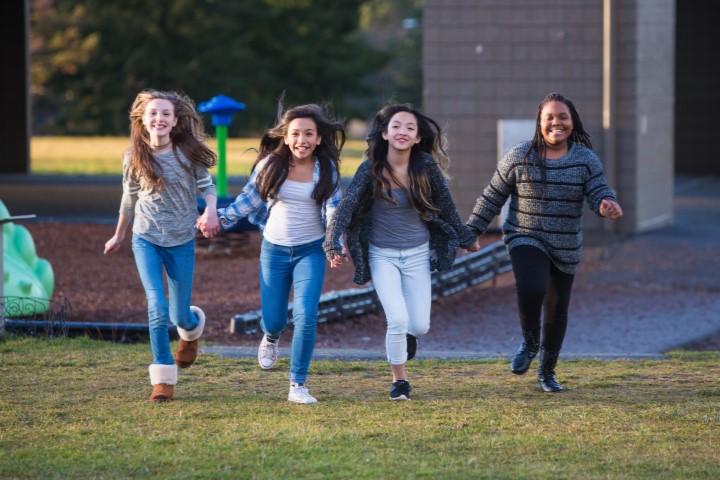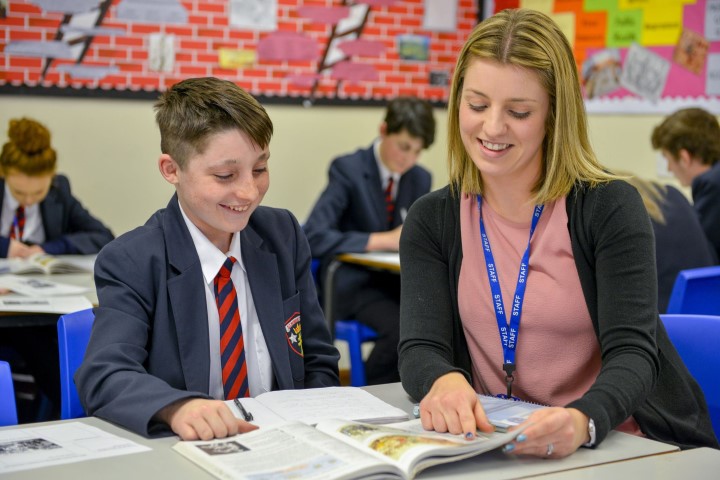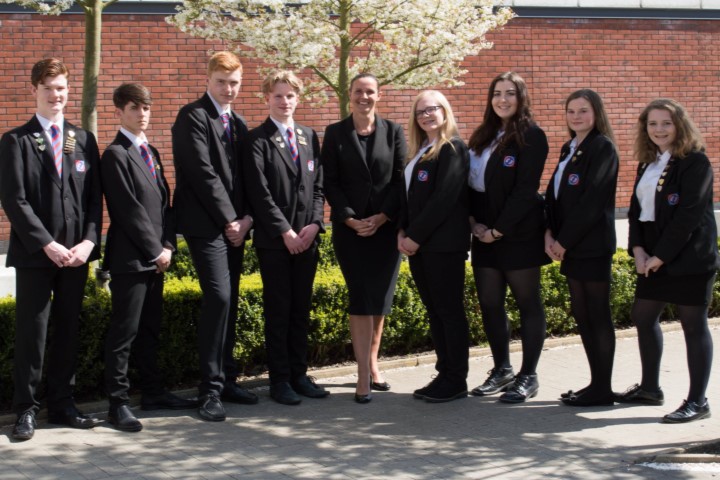A new state law is forcing Indiana schools to adopt a restorative justice approach to student discipline, with the underlying goal of reducing disproportional suspensions and discipline of minority students.
It’s a move aimed at shifting from a punitive system that removes offending students from the classroom to one that encourages kids to work through their issues, and some are welcoming the change.
The Herald-Bulletin Editorial Board in Anderson, Indiana recently published an op-ed highlighting how the new approach has improved learning in Anderson Community Schools, and why it’s optimistic restorative justice can have a positive impact in other districts, as well.
The board wrote:
Over the past decade, many Indiana school have gotten better at dealing with problem students without resorting to suspensions and expulsions.
Anderson Community Schools is an example. Such discipline used to be practically rampant at ACS.
The district reported 8,313 in-school suspensions and 179 expulsions for the 2011-12 school year. In a school system of about 7,000 students, the suspension rate was particularly alarming – more than a suspension per student.
ACS officials made a commitment a few years ago to figure out ways to keep troubled students in the system so that they continue to learn. As a result, suspensions fell to 3,500 and expulsions to 23 during the 2015-16 academic year.
District officials accomplished the feat through new alternative school options, “a redistribution of administrative resources,” and better support programs for students, according to the board.
A new state law will require all Indiana schools to adopt similar, less punitive, strategies for student discipline that reduce suspensions of minority students, limit involvement of local police, and crack down on bullying and cyberbullying. The new law also requires districts to report to the state on the impact of positive discipline in schools.
“With a new school year about to begin, it’s incumbent on all school districts … to give kids a fresh start and to take advantage of resources to help disruptive students continue their education while addressing their behavioral problems,” according to The Herald-Bulletin.
The effectiveness of restorative justice practices in Indiana or elsewhere draws on what scholars refer to as “moral autonomy.”
James Davison Hunter, founder of the Institute for Advanced Studies in Culture, wrote in the “The Death of Character” that moral autonomy is an individual’s capacity to freely make ethical decisions, because “controlled behavior cannot be moral behavior, for it removes the element of discretion and judgement.”
Restorative justice aims to give students the moral autonomy to do the right thing, rather than simply punish them for doing the wrong thing.
The blog Academike – “a platform to publish legal research papers” – offers a deeper look at the “Reformative Theory of Punishment” that’s becoming increasingly popular in both schools and criminal justice systems across the country.










